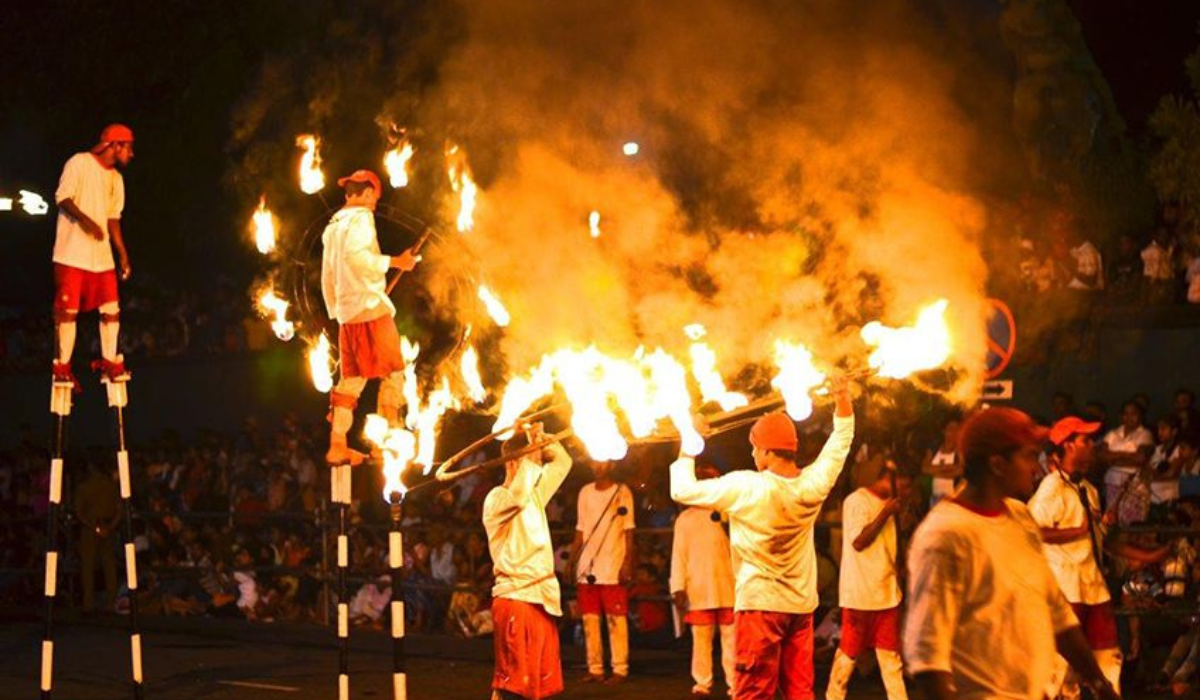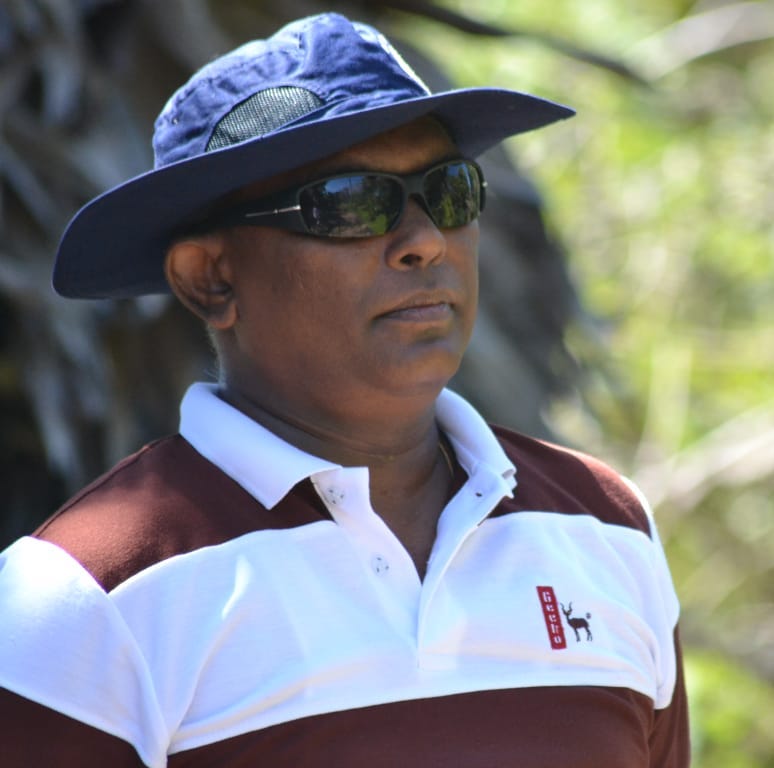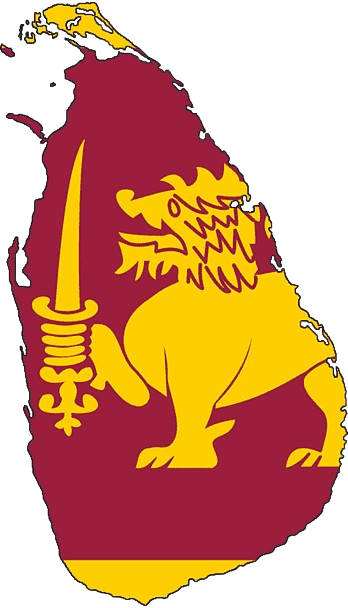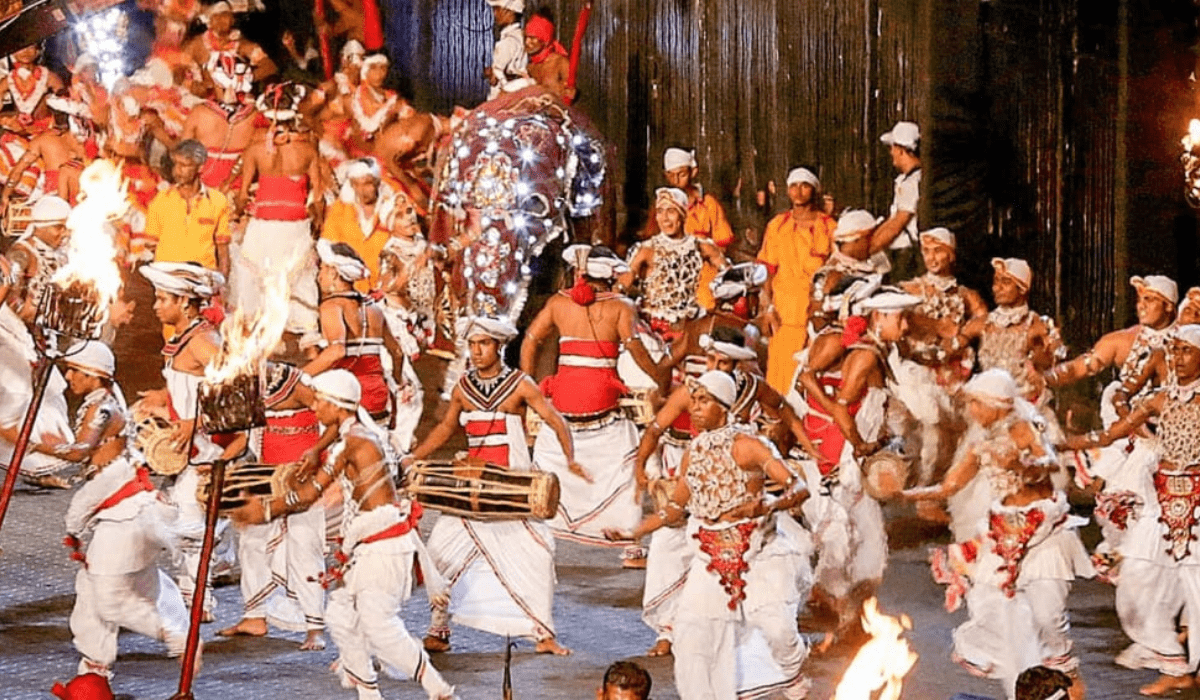Kandy Esala Perahera is a vibrant and colourful Buddhist procession held annually in July / August. This is one of the most famous festivals in Sri Lanka. The procession features Elephants, Dancers, drummers, and fire-jugglers, making its way around Kandy Lake.
Introduction
Table of Contents
The Kandy Esala Perahera, also known as the Festival of the Tooth, is one of the most spectacular and historic festivals in Sri Lanka. Held annually in the city of Kandy, this grand procession is a vibrant celebration of Sri Lanka’s rich cultural heritage and deep-rooted Buddhist traditions. With origins dating back to the era of ancient kings, the Kandy Esala Perahera is a captivating blend of history, spirituality, and artistry that attracts thousands of tourists from around the world. This article explores the history, cultural significance, traditional dances, and other fascinating aspects of the Kandy Esala Perahera, highlighting why it remains an essential experience for anyone visiting Sri Lanka.

Temple of Tooth Relics
History of the Kandy Esala Perahera
Origins in the King’s Era
The origins of the Kandy Esala Perahera can be traced back to the reign of King Kirthi Sri Rajasinghe in the 18th century. However, the roots of the festival go even further, intertwining with the arrival of the sacred Tooth Relic of the Buddha in Sri Lanka during the 4th century CE. The Tooth Relic, believed to be a tooth of the Buddha, was brought to Sri Lanka by Princess Hemamala and Prince Dantha from India, and it became a symbol of sovereignty and spiritual importance.
Evolution Over Centuries
Initially, the festival was held to honor the Tooth Relic and to seek blessings for rain during the dry season. Over the centuries, the Esala Perahera evolved, incorporating elements from various cultural and religious traditions. During the Kandyan period, it became a grand state ceremony, combining Hindu and Buddhist rituals. The festival was formalized during the reign of King Kirthi Sri Rajasinghe, who decreed that the Tooth Relic should be paraded through the streets to allow the people to pay homage.
Cultural Significance
A Symbol of Unity
The Kandy Esala Perahera is more than just a religious procession; it is a symbol of unity and cultural harmony. The festival brings together people from all walks of life, irrespective of their religious beliefs, to celebrate a shared heritage. It reflects the syncretism in Sri Lankan culture, where Hindu and Buddhist traditions coexist and complement each other.
Preservation of Traditions
The festival is crucial in preserving and promoting traditional Sri Lankan arts and crafts. The intricate costumes, vibrant decorations, and elaborate performances seen during the Perahera are a testament to the country’s rich artistic legacy. The craftsmen, dancers, and musicians who participate in the festival pass down their skills and knowledge through generations, ensuring the continuity of these cultural practices.
The Grand Procession
The Tooth Relic and Its Importance
At the heart of the Kandy Esala Perahera is the sacred Tooth Relic of the Buddha, enshrined in the Temple of the Tooth (Sri Dalada Maligawa) in Kandy. The Tooth Relic is believed to possess divine powers and is revered as a symbol of spiritual and political authority. The Perahera provides a rare opportunity for devotees and tourists to witness the Tooth Relic being paraded through the streets, carried in a golden casket on the back of a majestic elephant.
The Procession’s Structure
The Kandy Esala Perahera is a ten-day festival, with the final five days featuring the grandest processions. The Perahera consists of several processions from different Devales (temples dedicated to Hindu gods) converging with the main procession from the Temple of the Tooth. The procession includes:
- The Maligawa Perahera: Led by the Kandyan drummers and dancers, this procession features the golden casket containing the Tooth Relic, carried by the lead elephant known as the “Randoli Perahera.”
- The Devale Peraheras: These processions represent the four Hindu deities – Natha, Vishnu, Kataragama, and Pattini – believed to protect the Tooth Relic. Each Devale procession is accompanied by its own set of dancers, drummers, and elephants.
Traditional Dancing and Performances
The Kandyan Dancers
One of the highlights of the Kandy Esala Perahera is the mesmerizing performance of the Kandyan dancers. Dressed in elaborate costumes adorned with traditional jewelry, the dancers perform intricate routines that include acrobatics, fire dances, and rhythmic movements synchronized with the beats of the drums. The Kandyan dance, with its dynamic footwork and expressive gestures, is a unique art form that has been preserved and refined over centuries.

The Kandyan Dancer of Sri Lanka
The Drummers
The rhythmic beats of the traditional drums, known as “Geta Beraya,” “Yak Beraya,” and “Davula,” are an integral part of the Perahera. The drummers, with their skillful and energetic performances, set the pace for the procession and create an electrifying atmosphere. The drumbeats, combined with the sounds of conch shells and flutes, enhance the spiritual and festive ambience of the Perahera.

Kandyan Drummer of Sri Lanka
The Elephants
Elephants play a central role in the Kandy Esala Perahera, symbolizing strength, wisdom, and nobility. The majestic tuskers, adorned with colorful garments and lights, add grandeur to the procession. The lead elephant, carrying the golden casket with the Tooth Relic, is meticulously chosen and trained for this prestigious role. The presence of these gentle giants adds an element of awe and reverence to the Perahera.

The Elephant with Tooth Relic
Relevance to Buddhism
Spiritual Significance
For Buddhists, the Kandy Esala Perahera is a deeply spiritual event that provides an opportunity to express their devotion and seek blessings from the Buddha. The procession of the Tooth Relic through the streets allows devotees to pay homage and reaffirm their faith. It is believed that witnessing the Perahera brings merit and divine blessings, making it a spiritually uplifting experience.
Promoting Buddhist Values
The Perahera promotes the core values of Buddhism, such as compassion, mindfulness, and respect for all living beings. The festival encourages generosity, as people offer alms and support to monks and participants. It also fosters a sense of community and collective effort, as thousands of volunteers work together to organize and execute the event seamlessly.
Interesting Activities and Highlights
The Diya Kepeema Ceremony
The Kandy Esala Perahera concludes with the Diya Kepeema ceremony, a symbolic water-cutting ritual performed at the Mahaweli River in Getambe. This ritual signifies the purification of the participants and the invocation of rain. The chief priests of the four Devales perform the ceremony, accompanied by traditional chants and offerings. The Diya Kepeema marks the end of the festival and the beginning of a new cycle of prosperity and blessings.
The Randoli Procession
The Randoli Procession, held on the final five nights of the Perahera, is the most elaborate and grandest part of the festival. It features the full display of dancers, drummers, elephants, and torchbearers, creating a breathtaking spectacle. The streets of Kandy come alive with lights, colors, and the rhythmic sounds of traditional music, leaving spectators in awe of the sheer magnificence of the event.

Fire -Jugglers of Kandy Perahera
The Spectator Experience
Tourists and locals alike gather along the streets of Kandy to witness the Kandy Esala Perahera. The festival provides a unique opportunity for visitors to immerse themselves in Sri Lankan culture and spirituality. Special seating arrangements are made for tourists, offering them a comfortable and unobstructed view of the procession. The hospitality and warmth of the local people enhance the overall experience, making it a memorable and enriching journey.
Best Time to Visit
The Kandy Esala Perahera takes place annually during the Esala month of the Sinhala calendar, which typically falls in July or August. The festival is held over a period of ten days, with the grand procession taking place on the final five nights.
The best time to visit the Kandy Esala Perahera is during the grand procession, when the streets of Kandy come alive with color, music, and energy. Visitors should plan to arrive early to secure a good viewing spot, as the festival attracts large crowds from around the world.
Conclusion
The Kandy Esala Perahera is a magnificent celebration that encapsulates the essence of Sri Lanka’s rich cultural heritage and spiritual traditions. From its ancient origins to its contemporary grandeur, the Perahera continues to captivate and inspire people from all over the world. By attending this festival, tourists not only witness a spectacular procession but also gain a deeper understanding of Sri Lanka’s history, art, and religious practices. The Kandy Esala Perahera stands as a testament to the enduring legacy of Buddhism in Sri Lanka and its profound impact on the island’s culture and society.
For those planning a trip to Sri Lanka, experiencing the Kandy Esala Perahera should be at the top of the list. It is an event that promises to leave a lasting impression and offer a glimpse into the soul of this beautiful island nation.




